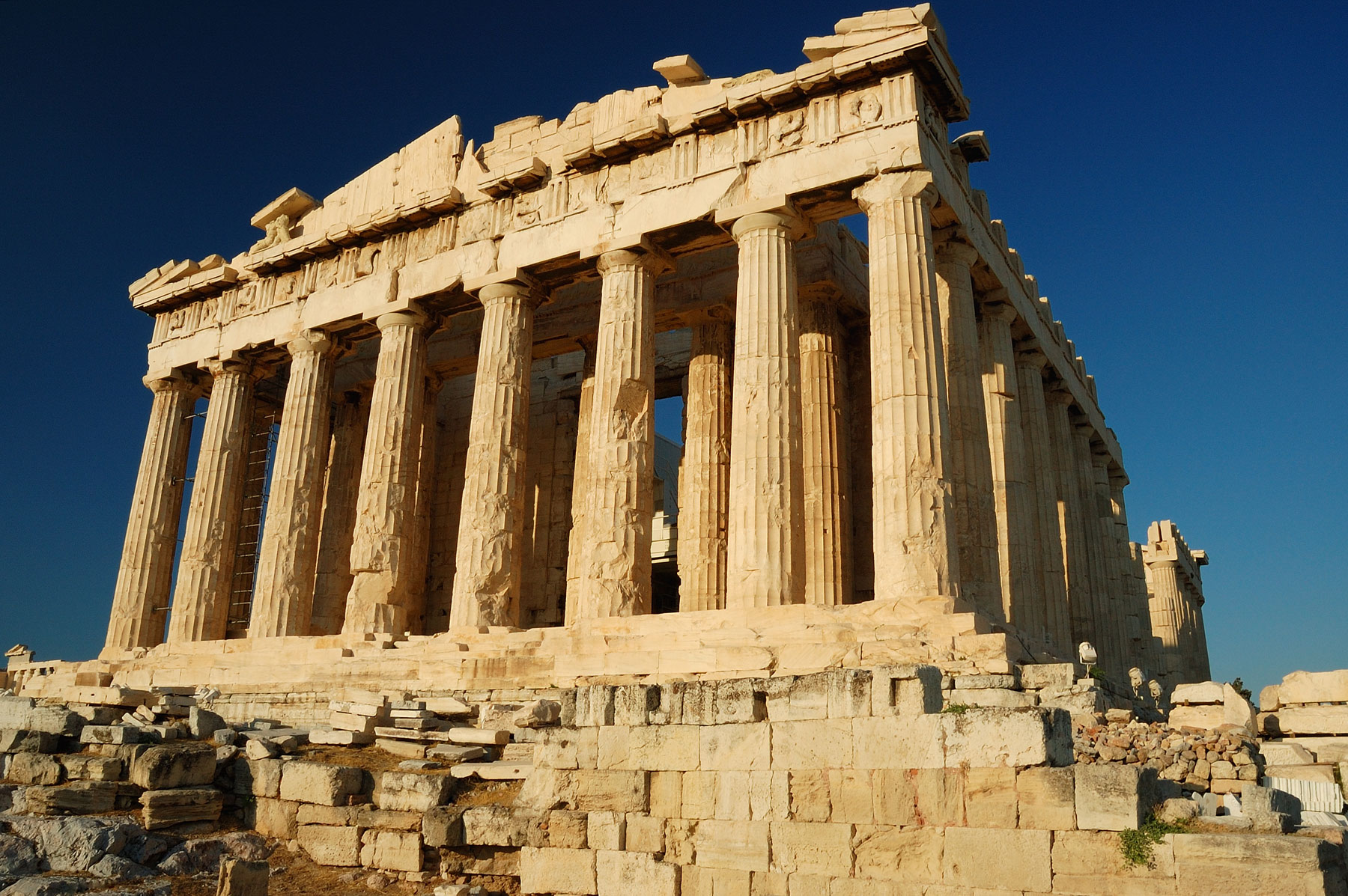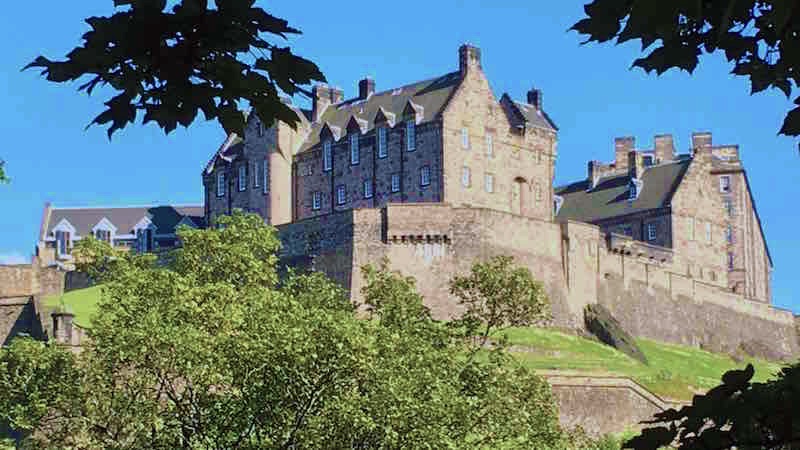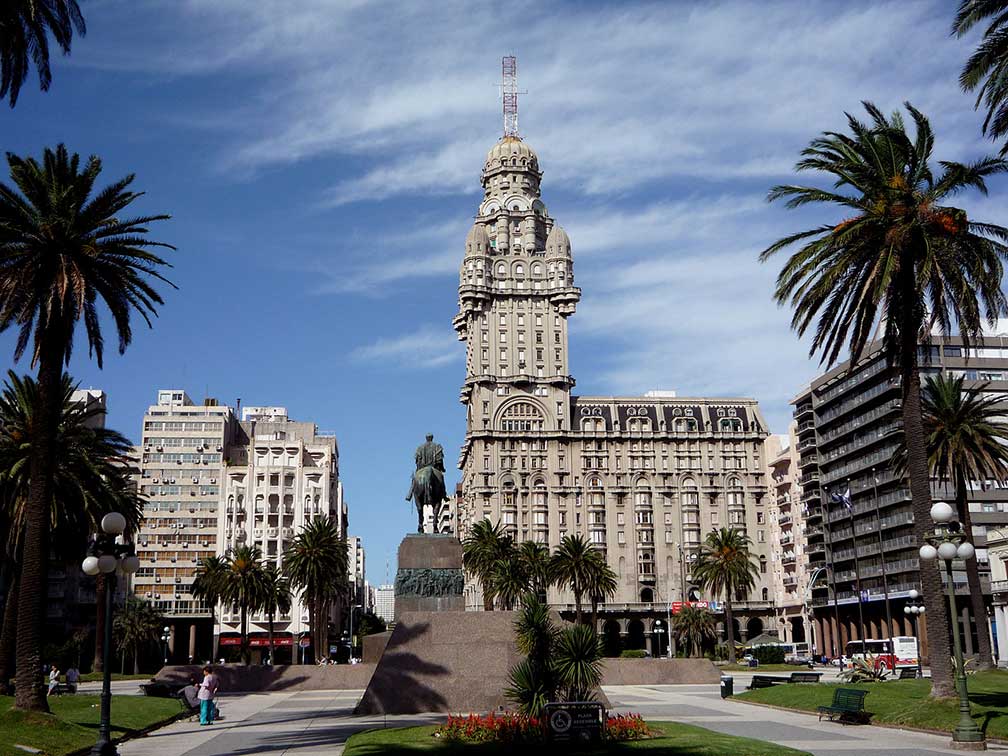48 Hours in Athens
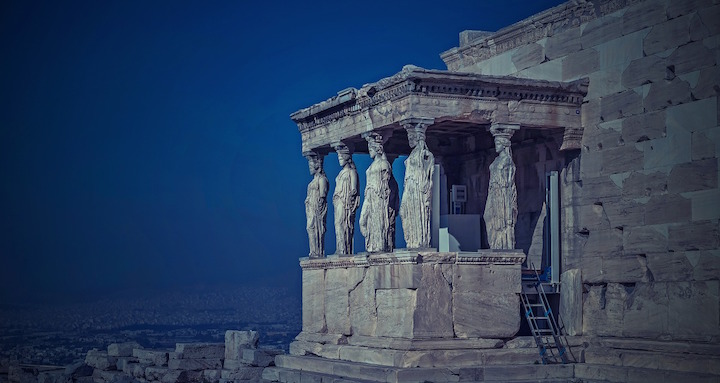
Democracy was born in Greece, so what could be a more unique place to celebrate the birth of OUR democracy (at least for fellow Americans) than in the birthplace OF democracy? So for the 4th of July holiday this year I jetted over to Greece to spend a few days checking out what Athens has to offer.
I have to first confess, though, that I’ve heard lukewarm reviews of Athens from other travelers in the past. Several trusted sources have told me that once you see the Acropolis, it’s best to skip out of town and head for the islands. But I knew there had to be more to a city like Athens than just one site, so I enlisted the help of a local friend to show me around town beyond just these famous ruins.
One of the things I absolutely love about going to major events and festivals around the world is that you’re much more inclined to meet not only locals, but also other social travelers from all over the globe. And such was the case with my Athenian friend Dimitris, whom I met earlier this summer at a festival in Tel Aviv. So when I decided very last-minute to jet over to Athens for a few days, I hit up Dimitri, who didn’t hesitate to offer to meet up with me to hang out again and show me a good time in his world-famous native city.
As my flight from Rome to the Elefthérios Venizélos International Airport (say that five times fast) in Athens began descending into the land of Plato and Socrates, the first thing I noticed about Greece was how familiar the terrain was to southern Italy and Spain. Southern European peninsulas jutting out in the the warm Mediterranean obviously spawn similar vegetation and rocky outcroppings, and always just give me a kind of Gladiator sensation.

The Athens airport is quite pleasant now due to the fact that Greece hosted the 2004 Summer Olympic Games. Countries always tend to upgrade their tourism infrastructure right before an Olympics, making travel there for the next 10 or 15 years much nicer and easier than it would have otherwise been without the Olympic-motivated overhauls.
Getting from the airport to downtown Athens is a breeze. There’s a flat rate of 35 euros for taxis, but just be aware that it jumps to 50 euros between midnight and 5am. But other than those super-wee hours it’s just a flat 35, making it easy to pay and tip evenly with just two twenties. I hate it you arrive in a new country and pull currency out of the ATM and the bills are too large to use for the first few transactions you’ll need them for, the first of which is usually transit.
More and more frequently now I’m taking Uber to and from airports abroad. I’ve been an Uber user since 2012 when they first rolled it out in my city of Washington, DC. It was just a black car service back then, but now you can’t beat how cheap UberX is and the cars are still much nicer than taxis. An UberX between downtown Athens and the airport is also a flat fare like the taxis, but at roughly 26 euros UberX is about nine euros cheaper than the taxi’s flat rate, or even 14 euros cheaper when you factor in the taxi driver’s tip that’s already included in the Uber rate.
If you’d rather save your euros for gyros, there are 24-hour express busses between the airport and several points in the greater Athens area for about six euros, and the Athens Metro also runs between the airport and downtown (line #3) for about ten euros.
For my virgin experience in Athens, I booked myself into the NEW Hotel (emphasis theirs), a member of the up-and-coming Design Hotels collection, because it was the closest Starwood property I could find to Monastiraki Square and the Acropolis. The rooms at NEW Hotel usually range from about 150-250 euros per night, although I used Starpoints and it still cost me a whopping 12,000 points per night for week nights.
Although it’s usually good practice to adjust your luxury expectations a notch or two lower in many cities around the world, the rooms here were still pretty basic to be a Starwood and Design Hotels property. The staff were super friendly though, I’ll give them that, and the few major sites in Athens were easily walkable.
The premier Athens tourist attraction is of course the Acropolis, which you may also hear referred to as the Parthenon. Both names elicit the same photo in people’s minds, but the Parthenon is technically just one of the ruins atop the Acropolis. It’s certainly the main ruin up there, but the Acropolis is actually that entire rocky butte jutting up toward the sky and lording over Athens and all of Western civilization.
The Parthenon that exists today was constructed back in the fifth century BC under the leadership of the great Athenian general and statesman Pericles. This classical temple, dedicated to the goddess Athena, replaced an even older Parthenon that had been destroyed by the Persians nearly a half-century earlier. You’ll pay about 20 euros to visit the site most of the year, but it’s only ten euros during the winter months (01 November – 31 March).
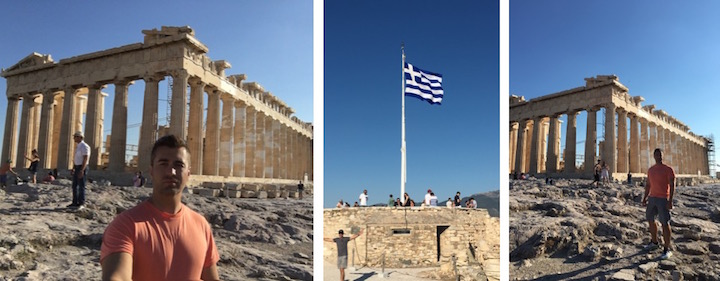
One really neat thing to do as a visitor to Athens is to try to attend a live event at the Odeon of Herodes Atticus, or the Herodes Atticus Theater, which is a large forum-style performance and concert venue built into the side of the Acropolis. It’s really incredible that this theater is still in use today because it was built way back in 161 AD, although it was modernized a bit in the 1950s. But the backdrop and the ambiance for professional productions are probably unmatched anywhere in the world. Remember those Yani “Live from the Acropolis” performances from back in the 90s? Those were performed and filmed here.
If you’re into museums, there are two in Athens you’ll want to check out. Greece’s primary historical museum is called the National Archaeological Museum. It’s about ten euros to get into and it contains all of the ancient Greek “stuff” you’ve seen pictures of all your life, from ancient statues of chiseled Greek dudes and buxom women to pottery and vases with funny hunting and partying scenes painted on them to gold and ornate weaponry and a lot more.
There’s even a section with some ancient Egyptian treasures too. Remember there was a Greco-Macedonian dynasty of Pharaohs that ruled over Egypt after the conquest of Alexander the Great, and a lot of Greek travelers and historians visited Egypt and walked off with stuff – because you could just do that back then.
The second must-see museum is the Acropolis Museum, which costs about five euros to enter. It only opened in 2009, so it’s a nice, modern, artsy glass and concrete structure that houses a lot of the sculptures and other relics from the temples of the Acropolis. What’s really neat about this museum is that because it was built over an active archaeological site, there are raised glass walkways through which you can peer into the excavated streets and houses of the ancient neighborhood below.
Unless you’re really into ancient Greek history and are foaming at the mouth for more, those would be the major tourist highlights of Athens. You can easily do it all in one day by hitting the Acropolis in the morning before it gets too hot, then dropping by the adjacent Acropolis Museum while you’re there, having a nice long Greek lunch near Monastiraki Square (the Mitropoleos alley coming off the square is a great place to start looking), and rounding out the day with an afternoon visit to the National Archaeological Museum.
Greeks have a late dinner culture, so no need to feel rushed to make dinner plans by 7pm or 8-ish like you may do in other places. Go relax, shower, maybe take a nap, because if you want to experience the other side of Athens – the party side – you’re going to need the rest.
Planning for a 9 or 10pm dinner in Athens is totally ok, and that’s when you’ll see most restaurants and foodie neighborhoods really come to life. My first full day in Athens was on a Monday, and after I finished being a tourist all day my friend Dimitris met me in Monastiraki Square to get the evening started.
We had a few drinks and mezze in this area to catch up and unwind, and I did a little bit of late shopping for a new outfit for a rather unique occasion later (ask me about that sometime in person if you want a funny story!). When we were done we headed out for another really trendy district of Athens called Gazi, which was a little over a kilometer or about a mile away.
Gazi has been one of the hottest up-and-coming neighborhoods in Athens for a while. Now it has tons of restaurants, bars, and clubs and is teeming with young locals at night. I want to say we got there about 10 or 11pm, and Dimitris said it was still too early to go clubbing, so we opted for a starter bar instead.
However, just as we were getting ready to settle in to a nice sidewalk bar along Voutadon Street and order drinks, the power in a huge chunk of the neighborhood went out. Evidently this is somewhat common in Athens, especially in summer months when the strain on the electric grid is increased. But we could see across the park that the blocks over there had power, so we strolled over to that area and decided to grab a gyro and beer at one of the many buzzing local eateries.
After a few beers, the lights across the park came back on and we could see the bars reopening, so we headed back over and settled into one that’s perhaps appropriately called “Why Sleep.” We chilled for a while at the tables outdoors and drank while watching the party goers come and go up and down the sidewalk.
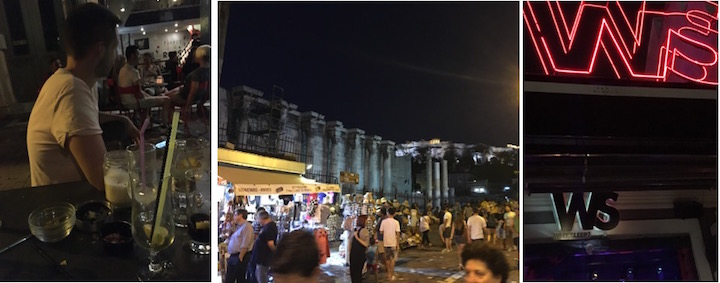
By about 1am we were ready to switch gears, so we walked a few blocks toward a dance club that Dimitris assured me was a good one for a Monday night. I was skeptical as to whether there would seriously be many people out raging at 1 or 2 in the morning on a Monday night (technically Tuesday), but boy was I surprised when we got to that alley and through those sketchy looking doors. The place was packed, the music was pumping, the lights were strobing, and the energy was incredible.
Needless to say we danced, drank, and had so much fun there for several more hours until I was finally exhausted and had to drag myself back to my hotel. The next day my body paid dearly for raging so hard, but a few tylenol and a few bottles of water later, I was good to go again.
I spent my second full day in Athens taking it easy though, for obvious reasons. I walked around quite a bit to explore a few more neighborhoods and ate another long leisurely Greek lunch at an outdoor cafe.
One thing that really stood out to me was how packed the cafes were mid-day and mid-week, or more specifically during working hours. People I asked attributed this to the lingering financial crisis that hit Greece hard a few years ago and has caused enormous unemployment. Many have even just given up on finding work, hence their welcomed loitering at cafes, restaurants, and bars.
Greece is also the type of place where you can go to a cafe and order a coffee or a drink and sit there as long as you like. Almost paradoxically, this means that you’ll find popular areas of Athens bustling with activity nearly 24-hours a day.
Such is life in post-crisis Greece, which really makes it all the more fascinating and fun to visit… for a few days, at least.

